Habitat
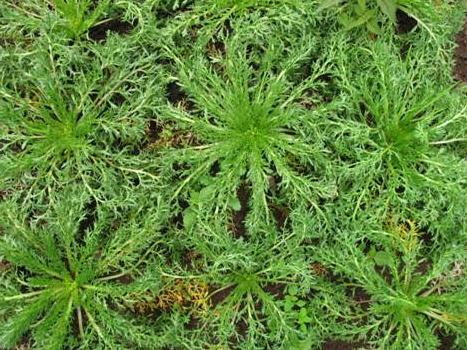
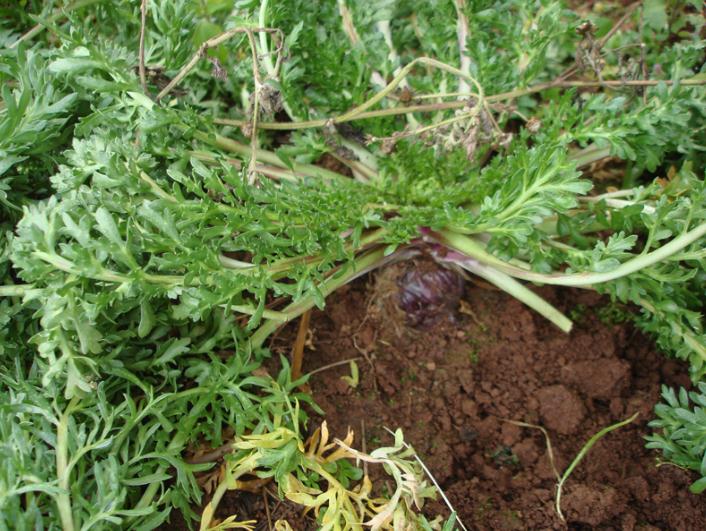
Lepidium meyenii is an herbaceous, low-growing, rosette-like plant of frilly leaves with an enlarged tuberous fleshy underground organ formed by the taproot and the lower part of the hypocotyl. The plant grows to a height of 10-20cm. It's root is 3-5cm in diameter and 15 cm in circumference at the widest point. Authorities do not agree whether the plant is a biennial or perennial plant. The plant matures about 8 months after planting.
The natural environment of the maca is at 11-12ºS latitude and at an elevation of 3,800–4,400 m (12,500–14,400 ft) above sea level. At this elevation, temperatures of the growing season vary from −2 to 13 °C (28 to 55 °F) in monthly mean minimum or maximum, respectively. Temperatures can decline, however, as low as −10 °C (14 °F) and frosts are common. Of the cultivated plants, maca is one of the most frost tolerant. Strong winds and sunlight also are characteristics of the native habitat of the maca. Maca today is still mainly cultivated in Peru, in the high Andes of Bolivia, and to a small extent also in Brazil. Maca can be cultivated beyond its natural elevation range, over 4,400 m (14,400 ft) above sea level.
Cultivation

seedling culture
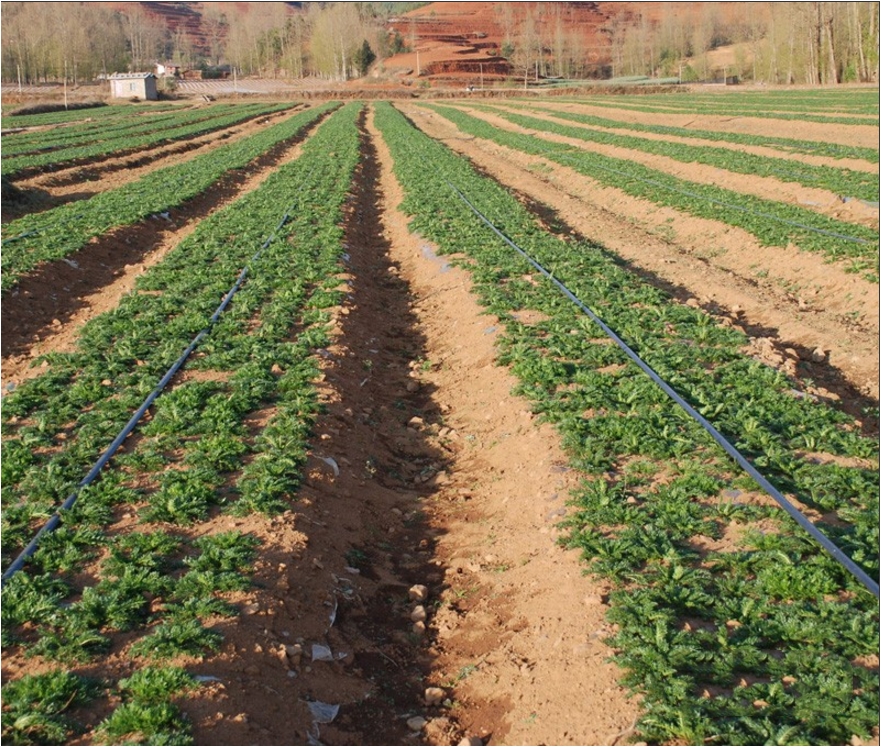
field culture
Flower
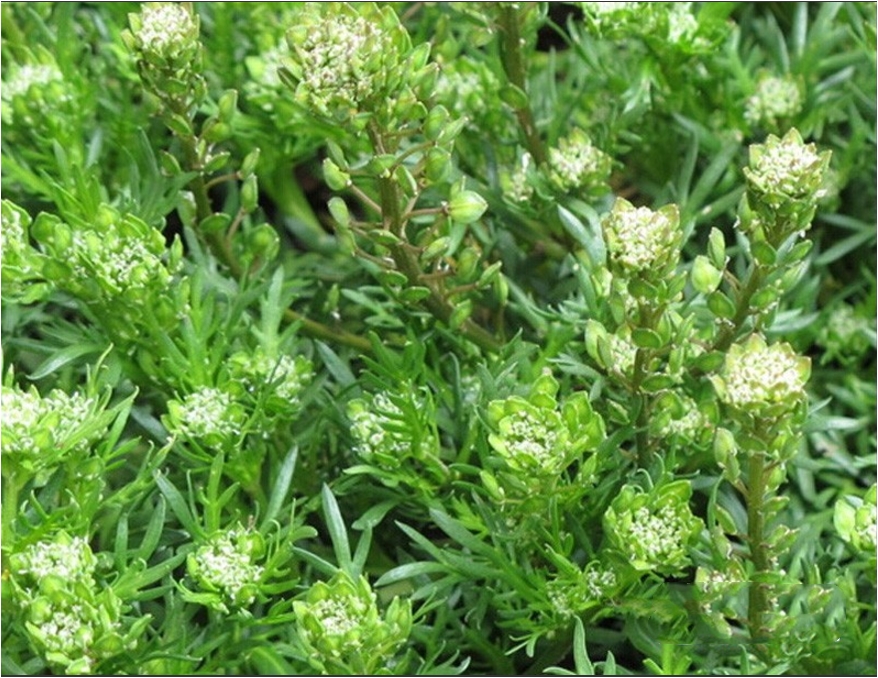
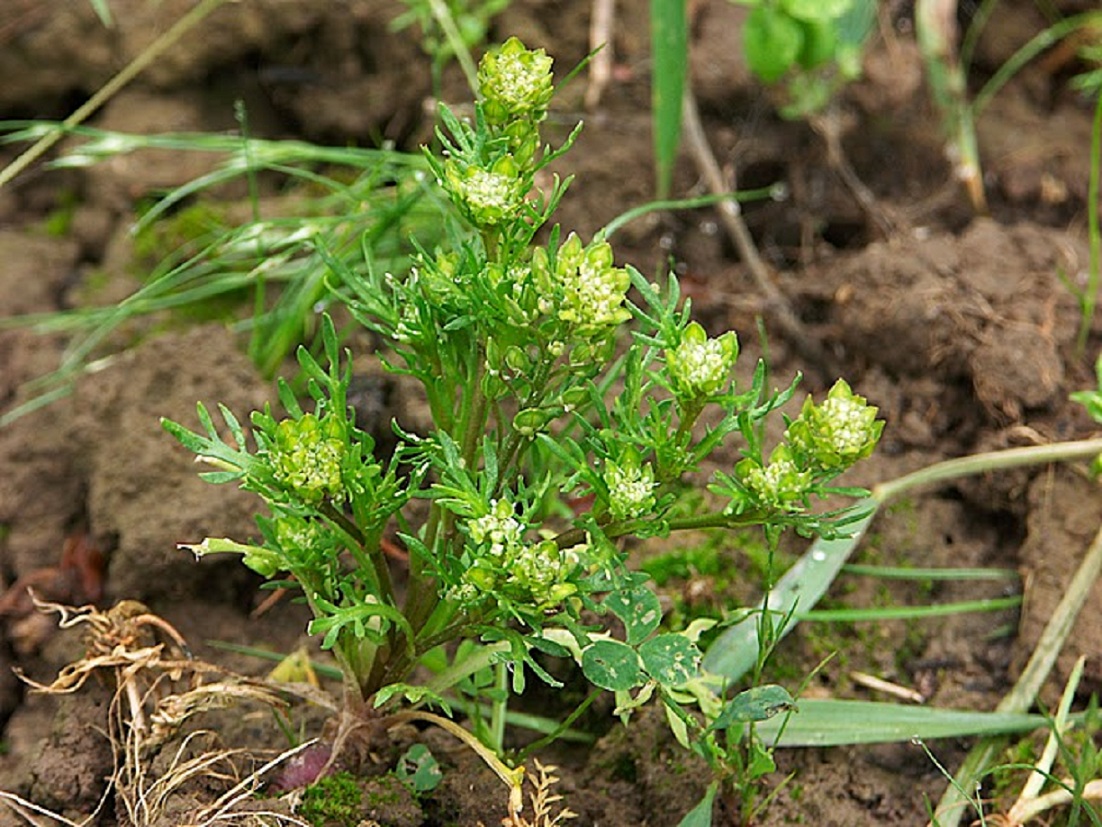
The floral axis is short and branched, 3-5 cm. long, with entire or crenate leaves. The whitish flowers are about 5 ram. long, on slender pedicels.
Hypocotyl
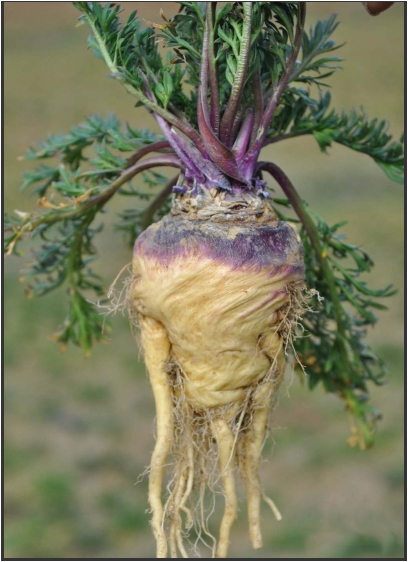
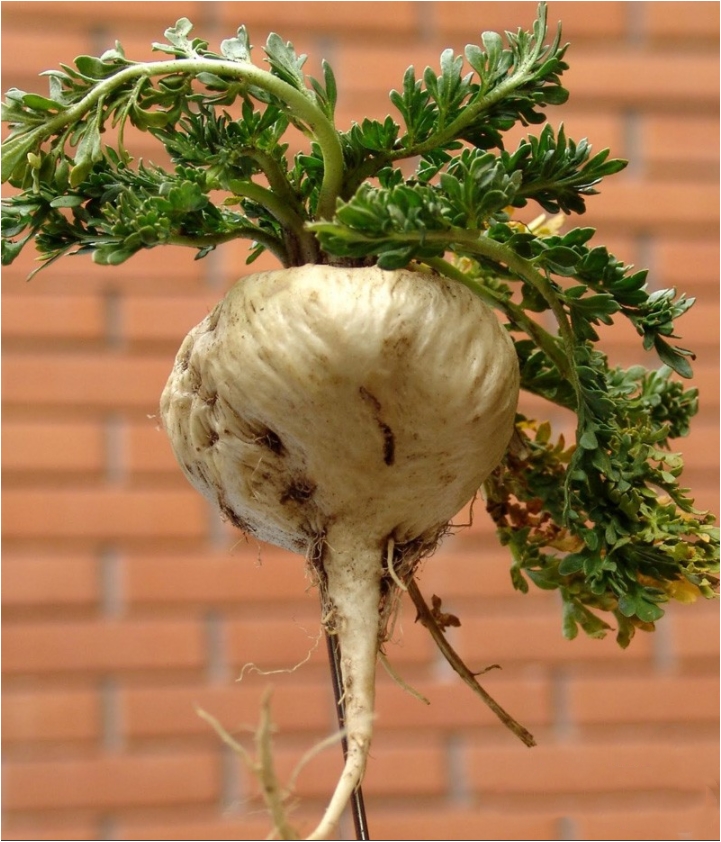
Below the ground, the central axis is a fleshy structure, similar in general shape to a 'Red Globe' radish hut ending in a thick and strong hypocotyl, with numerous lateral rootlets. The upper part of the axis is of conical shape, slightly prominent at the top at the insertion of the leaves; it measures up to 5 cm. wide and 3 era. long, and its color varies from light purple to yellowish. About half its leng'th, it shows two irregular areas where the feeding roots come out, alternating with smooth areas.
Dry Hypocotyls
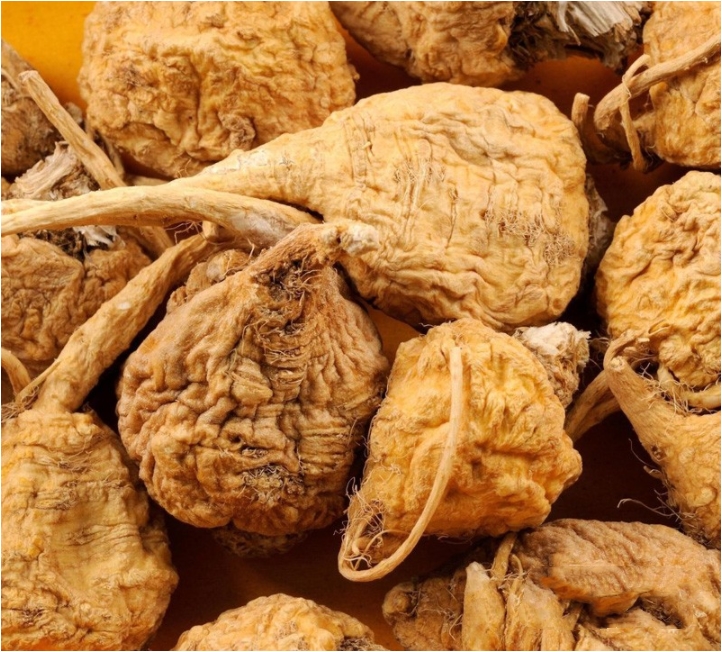
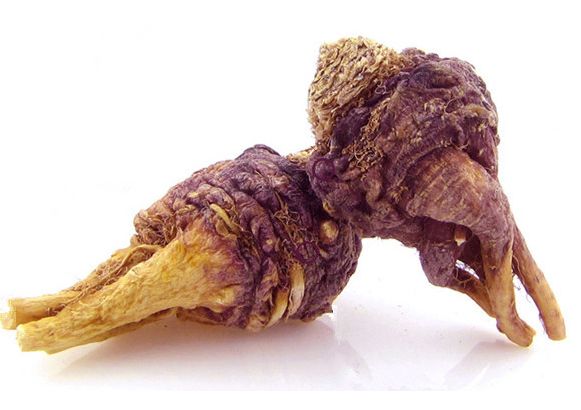
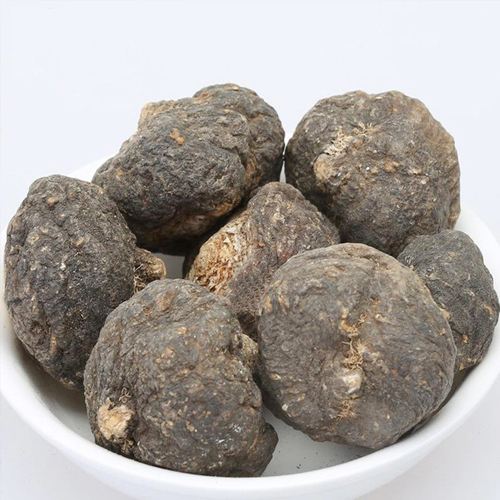
Until now people already recognize four types of the hypocotyl of Maca, according to the color of the hypocotyl: cream-yellow; half purple; purple; and black. According to the study, the black hypocotyl of the best efficacy, followed by purple, yellow the worst.
The nutritional value of the dry Maca hypocotyl is very high, similar to that of rice and wheat. It contains 60% to 75% of carbohydrates, 10% to 14% of protein, and 8.5% of dietary fiber, and 2.2% of fat. Maka is rich in calcium and potassium, contains a small amount of sodium, but also contains trace elements called iron, iodine, copper, manganese and zinc, as well as certain fatty acids, including linolenic acid, palmitic acid and oleic acid, and 19 kinds of amino acids.
Hypocotyls Products
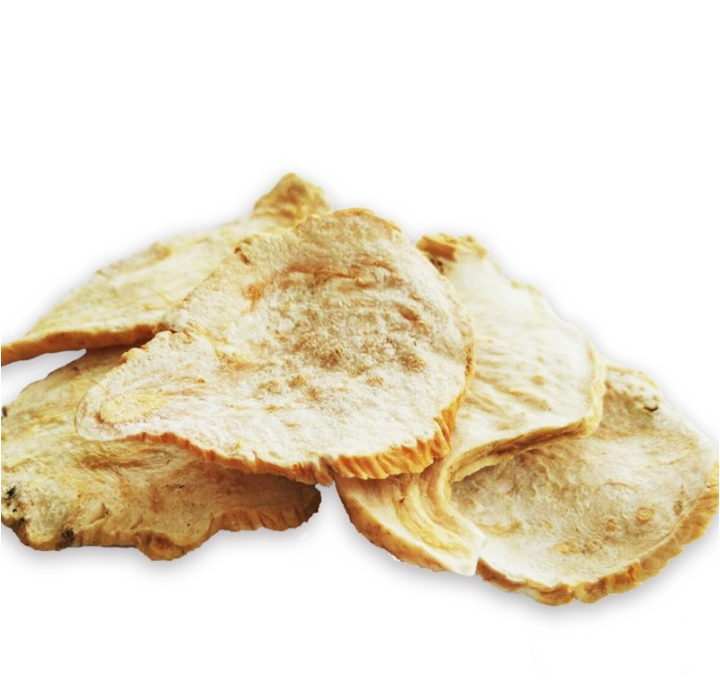
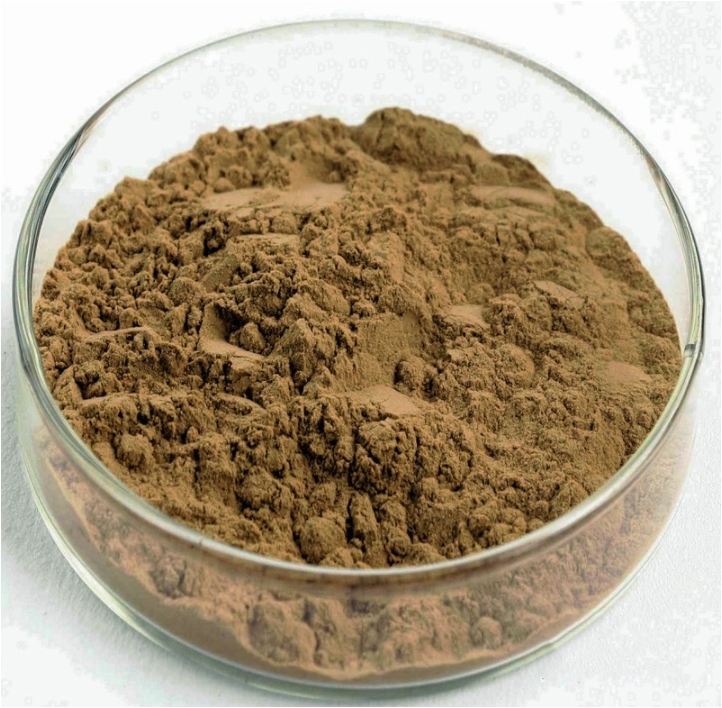
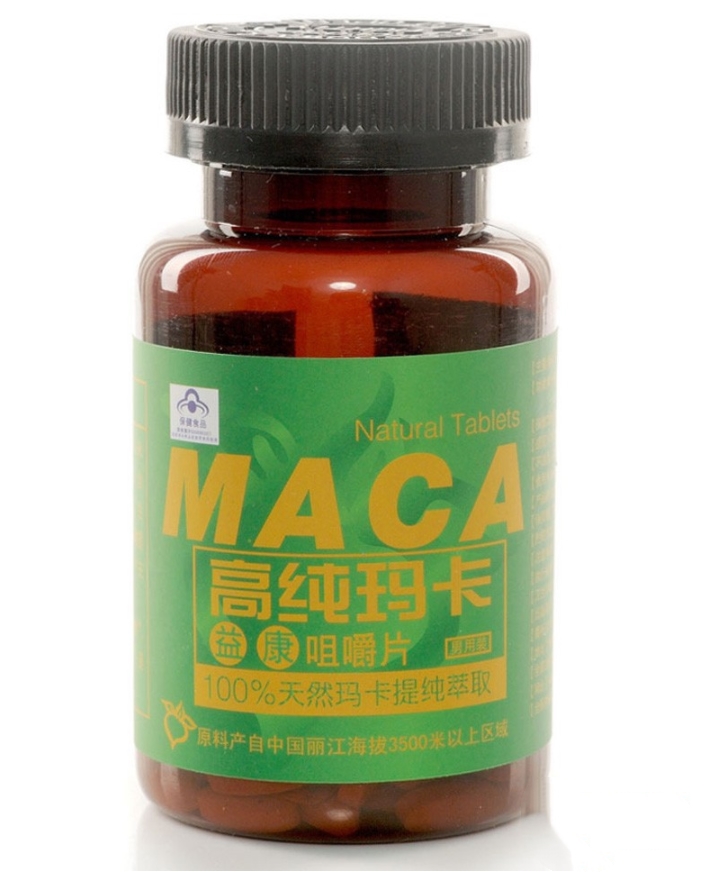
A range of products has come out. Including Maca slices, Maca powder and capsule.Because of its declared effects on fertility, Maca was given significant commercial value and scientific value over the past few decades. In the 1990s, a large amount of available arable land was used to grow Maca. With the rise in demand, product prices are also rising.